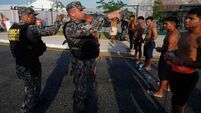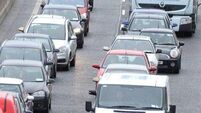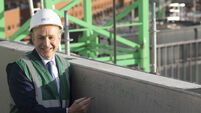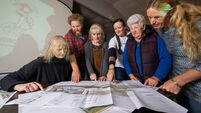Ireland's approach to climate action is erratic
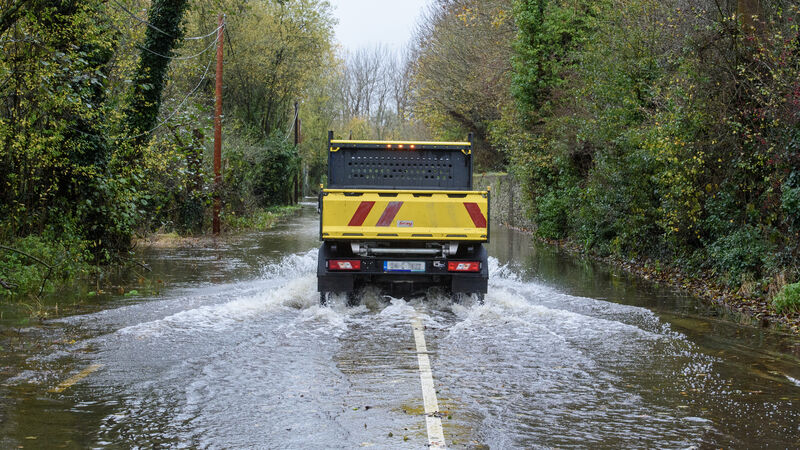
Ireland is significantly off-course on meeting its reduction targets and faces potentially billions in related fines. Picture Dan Linehan
It’s that time of year again, when a UN climate change conference, or COP, encourages us to reflect on Ireland’s somewhat erratic approach to climate action.
Despite some reductions in greenhouse gas emissions from the 2001 peak, they remain stubbornly high, the highest per capita in the EU in net terms.
Ireland is significantly off-course on meeting its reduction targets and faces potentially billions in related fines. What has led us to this point is decades of pushing economic growth and consumption, and of driving emissions-intensive activities such as livestock agriculture and transport.
In retrospect, we didn’t set out on the right path. Ireland’s climate policy starting position was that technology would help us lower our greenhouse gases emissions, and a carbon tax would unleash this reduction.
As emissions continued to rise, lack of policy implementation was cited as the problem — not that the policy was insufficient to begin with.
Our two particularly problematic sectors, transport and agriculture, show this clearly. Transport emissions have more than doubled since 1990 — through urban sprawl and increased use of the private car. Policy could have addressed this through better planning to make towns and cities more accessible and liveable, and by making walking, cycling and the use of public transport the priority.

Instead, policy honed in on smaller car engines, biofuels and eventually, electric vehicles. This expensive approach to mobility, where the car is king, has only served to support the motor industry and congest our roads.
Agriculture, meanwhile, has consistently been Ireland’s largest emissions sector, with levels remaining higher than in 1990. This arose due to the State’s promotion of expanding livestock numbers for export of meat and dairy. This approach has enriched agri-business while leaving more than half of Irish farms economically unviable.
More considered policy could have led to innovation within the economic model to diversify and prioritise farmers’ livelihoods, the environment and public health. In contrast, it has maintained the status quo while tinkering at the edges to try to better manage manure and fertilisers.
However, structural changes in both transport and agricultures could align emissions reductions with significant benefits.
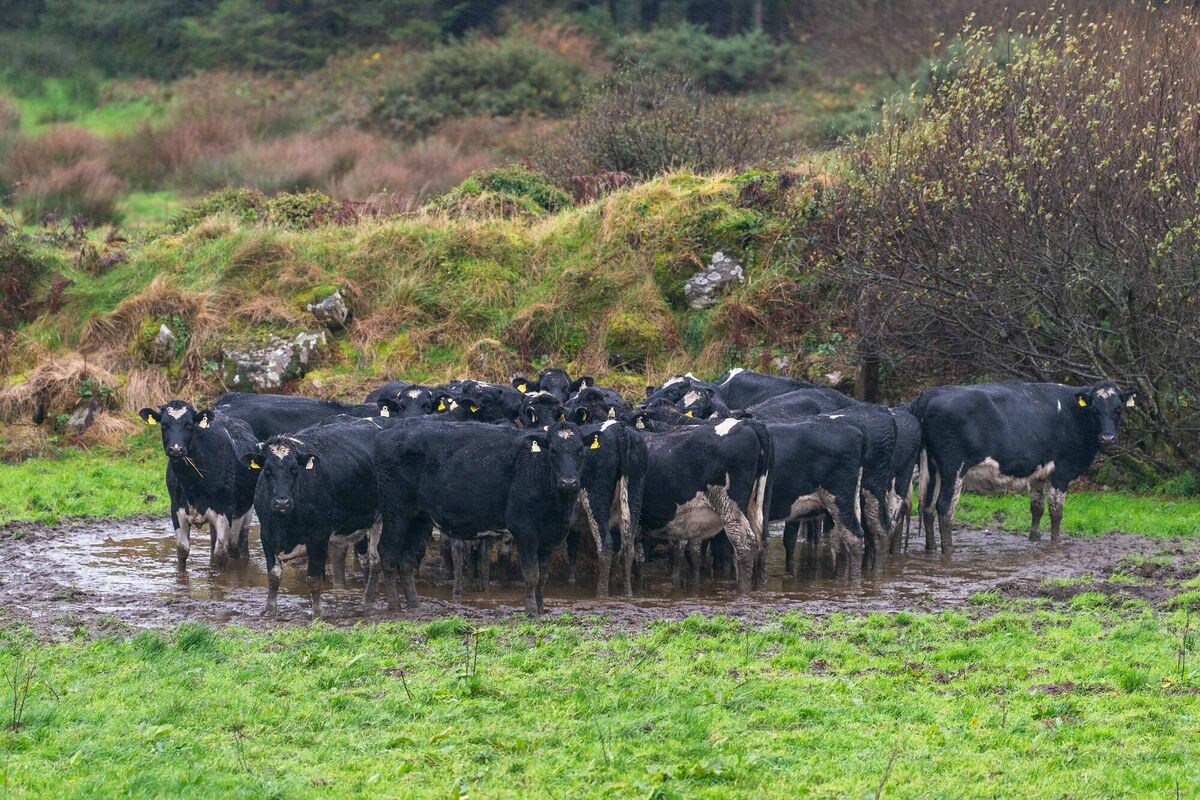
In the case of transport, moving away from car-based travel could drastically reduce road traffic accidents and improve air quality, while in agriculture, diversifying from livestock production is a route to a viable economic future for Ireland’s hard-pressed farmers and the rural way of life, and potentially to better diets.
While progress has been made in renewable energy and housing insulation, the overall approach to climate action in Ireland has sent us in the wrong direction. For decades, we’ve been locked into expensive high-emissions systems and activities that have damaged our environment and our health.
To change course, we need to introduce systems to enable a deeper transformation to sustainable development.
Globally, our knowledge of what works — and what doesn’t — has grown significantly in recent years. Not only do we understand that change in underlying systems is needed to cut our emissions to near zero, we also know it brings many benefits and opportunities.
Last year, the Environmental Protection Agency published Ireland’s Climate Change Assessment, a four-volume report on the state of knowledge around all key aspects of climate change in Ireland. The final fourth volume was unique in focusing on the benefits and opportunities of transformations. I was research fellow on this project.
It highlighted the importance of seeking answers that meet multiple policy objectives simultaneously, and that this can minimise both the cost and difficulty of reducing our emissions. It emphasised this could address poverty, restore nature, identify economic opportunity and support a better quality of life.
This transformation is about systems redesign to fundamentally change what we do in areas such as mobility, housing, food and livelihoods. It is about finding better ways of doing things rather than relying on cleaner technology alone.
The fourth volume’s livelihoods chapter highlighted the importance of fairness, care, and decent work to securing a social contract with the public, and that transitions can improve people’s lives, while the section on economic development demonstrated for the first time that significant economic and livelihood opportunities are potentially available.
Finding an economic development model that supports this kind of prosperity is an important step. Sometimes called ‘post-growth’, this can target low emissions and environmentally enhancing activities while providing opportunities to grow public and private services that improve our wellbeing and reduce deprivation. What’s more, all of this can happen without driving emissions.
The State is the key enabler of systemic change. It has a central role in building a comprehensive long-term vision for the future, which Ireland doesn’t yet have, beyond a vague strategy for energy.
The State can also provide conditions for businesses, institutions and people to innovate and grasp opportunities, including know-how, skills development and targeted investment. The State itself must innovate to overcome the institutional silos that artificially separate climate action from our wider public policy.
This is not an easy challenge: it involves considerable change in the mindset of all involved in making policy. There were some positive signs during the term of the last government, including when the Green Party successfully steered change to focus on active and public transport and to reallocating of road space. This is only the beginning — it is vital this work continues and is taken up by the current Government.
When it comes to policy, we’ve been on the wrong track for far too long. Now is the time to change course. Not only do Ireland’s climate ambitions depend on it, it’s the route to a more prosperous and healthy future for all.
- Tadhg O’Mahony is assistant professor in environmental policy at UCD, a member of UCD Earth Institute and adjunct professor at the Finland Futures Research Centre. He was research fellow on Volume 4 of Ireland’s first Climate Change Assessment published by the EPA
CLIMATE & SUSTAINABILITY HUB



